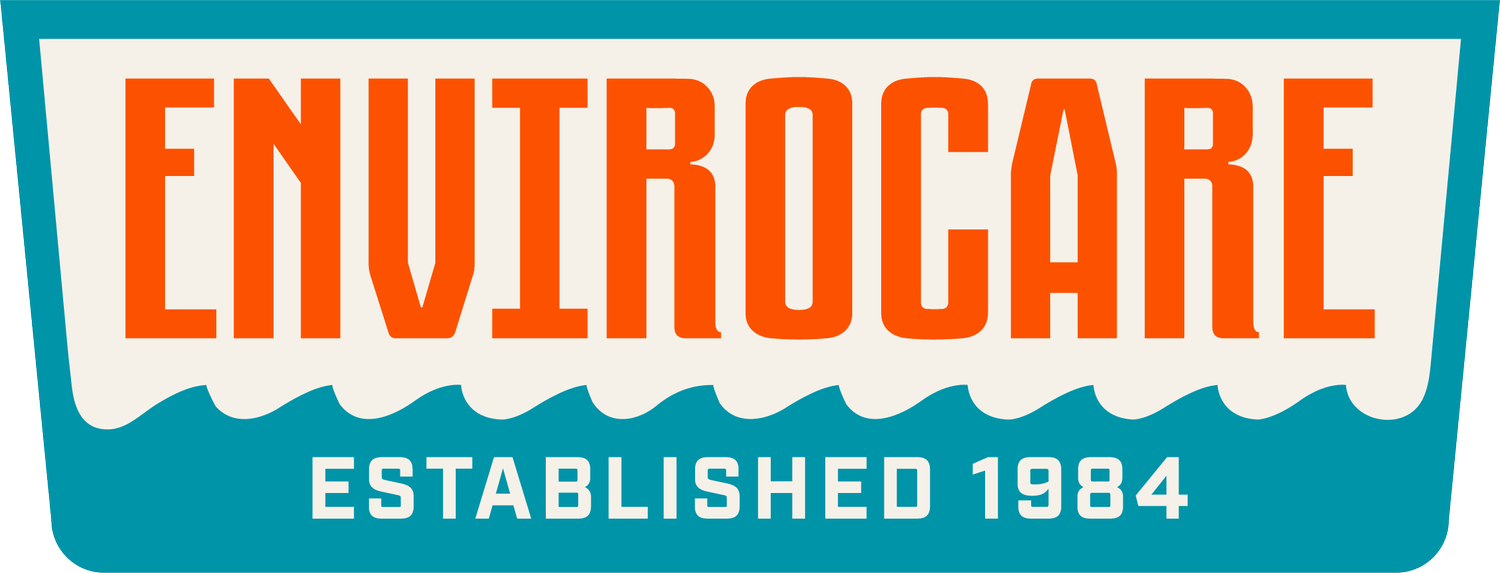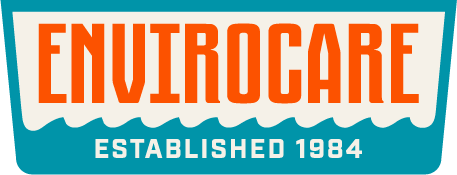Dish Sanitization During a Boil Advisory
Unfortunately, our home city of Richmond, Virginia, has recently been placed under a boil advisory. As Richmond restaurants and other hospitality locations begin to re-open, we wanted to share some critical information on sanitization practices.
WASHING DISHES
To safely wash dishes during a boil advisory, additional procedures can be required that may not be part of your normal operations. It is important to follow the guidelines below to ensure that dishes are not only clean but sanitized for safe use in the restaurant.
If you own or rent a commercial dishwasher, the first step is to determine the method that your machine uses to sanitize dishes. Commercial machines use one of two methods:
High Temp Sanitizing Machines
Typically have (2) chemicals supplied to the machine, detergent, and rinse aid.
Dishware is sanitized using hot (180F) water during the rinse cycle
Dishware is expected to reach 160F after making contact with the water
Low Temp Sanitizing Machines
Typically have (3) chemicals supplied to the machine— detergent, rinse aid, and sanitizer
Dishware is sanitized by spraying dishware with a sanitizing solution during the rinse cycle
Proper Testing:
To test if your machine is properly sanitizing dishes, it is recommended that you give your machine ample time to heat up, especially if it is early in the morning or before service begins. Much of a machine’s ability to wash and sanitize can be dependent on a steady flow of hot water from your water heater. Running several “test runs” on your machine can help it heat up.
Once you’ve confirmed that your machine is getting hot water, a test can be done as follows:
High Temp Machines
Require a temperature test strip, or a digital dishmachine thermometer to record the highest temperature reached.
Place your test strip on a plate or your digital thermometer in a dish rack face down
Run a normal cycle and allow the cycle to finish before opening the machine and inspecting the strip/thermometer
Your digital thermometer should read 160F or higher, while test strips will change color to indicate a good or bad reading. Refer to the manufacturer's instructions.
Low Temp Machines
Require chlorine test strips to measure the parts-per-million (PPM) of chlorine on dishware
Run a normal cycle and allow the cycle to finish before opening the machine and inserting the test strip into the wash tank.
Your chlorine should register between 50 and 100 ppm, with 75 ppm being ideal. Refer to the manufacturer’s instructions on how to read the test strip.
What if my machine is not meeting sanitizing requirements?
If your machine does not register within the parameters above, extra steps are required to ensure dishware is being sanitized. Machines can still be used to wash dishes and remove food soils, but sanitizing them will need to be done manually in your three-compartment sink.
Fill your “Sanitize” basin of the three-compartment sink with a mixture of boiled or bottled water and a sanitizing solution. Allow boiled water to cool to room temperature before testing.
Scrape any food or debris off dishes before placing them in the dishwasher
Run a cycle as you typically would, and allow the cycle to complete
Remove the dishes and soak them in the sanitizing solution before allowing them to air dry. Towel drying is not recommended as it can introduce bacteria
You can also bypass the machine entirely if you’re uncertain of its effectiveness and use your three-compartment sink for washing. To do this, boiled OR bottled water will be required to follow the typical “Wash, Rinse, Sanitize” procedures in your three-compartment sink.
For more information or assistance, call 804-651-2709 or contact us here.

